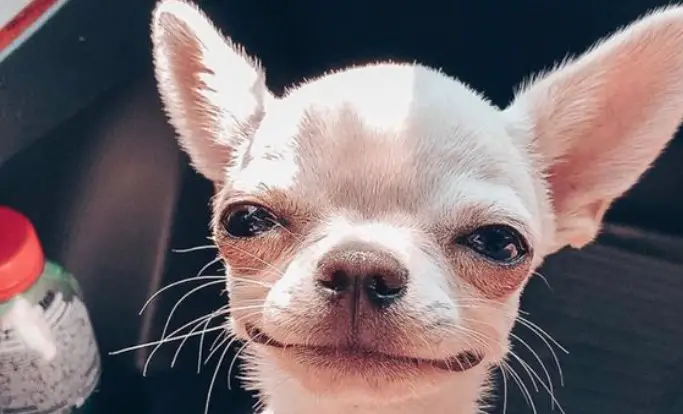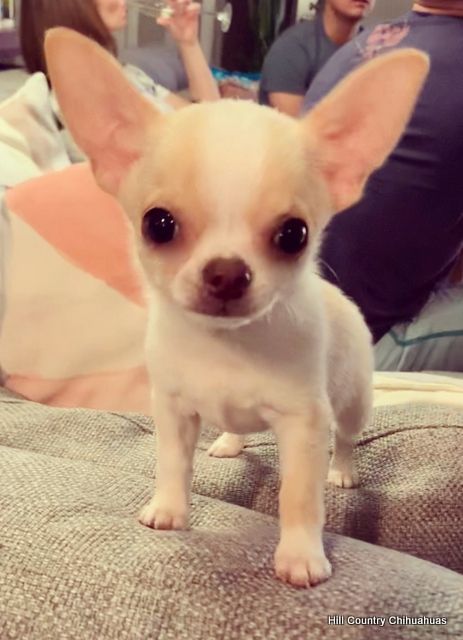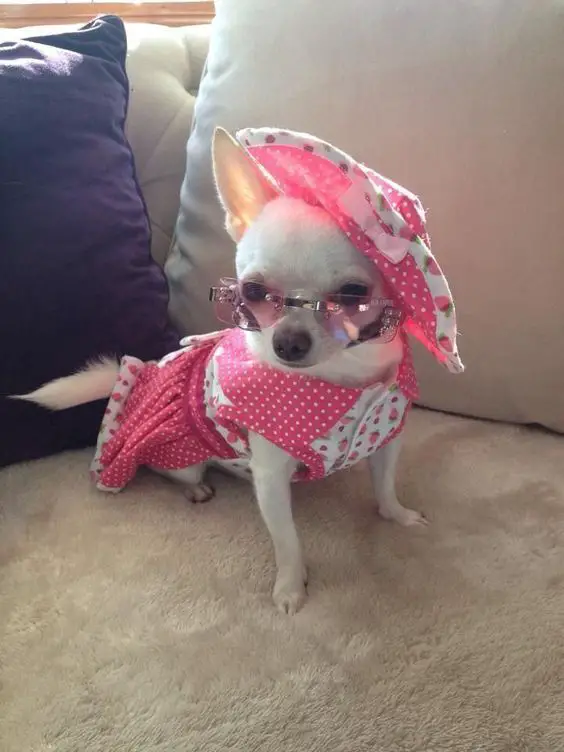During Chihuahua’s seasonal molting, grooming should be intensified. Depending on the dog’s coat type, you need to choose the right combs and help her get through this period. If your pet is shedding a lot, it is most likely a health problem. In this article, you will learn about the necessary care of your dog’s coat during shedding, as well as what causes can lead to excessive hair loss and what to do in this case.
Basic Care

A dog’s coat consists of an undercoat, guard, and topcoat. Chihuahua dogs have one of two types of coat:
- long;
- short.
Proper grooming of your dog’s coat includes regular brushing and occasional bathing. Also, the diet of feeding is responsible for the quality of the hair.
Chihuahua Shedding
So that the fallen dog’s hair does not cause you inconvenience in the form of an accumulation of hairs on your furniture and clothes, you need to take care of your pet.
Short-haired Chihuahuas are usually brushed two to three times a week with a medium-hard brush. Long-haired Chihuahuas should be combed every other day with a comb with sparse teeth with blunt ends. The dog is bathed three times a year.
Twice a year, the pet begins to change its coat. This natural process is called molting. During these periods, you need to comb out the Chihuahua’s coat daily with a special slicker brush to remove dead hairs. Otherwise, the growth of new wool is difficult. This causes great anxiety in the pet and it starts to itch constantly.
Dogs with smooth and short hair shed almost imperceptibly, while for long-haired Chihuahuas this is a whole event.
Molting can be divided into several types.
Age Molting
This type of molt occurs in Chihuahua puppies. It is associated with the growing up of the baby. Each puppy at birth has a soft, short coat with very fine hairs.
As the dog grows up, the coat changes. Gradually, the first hairs fall out, new wool grows in their place. Long-haired Chihuahuas acquire long hair, short-haired Chihuahuas become owners of smooth, tight-fitting hair.
Seasonal Molting
This type of molt is periodic. Seasonal molt occurs in spring and autumn. By winter, Chihuahuas, especially those with a long coat, thicken their coat, and by summer it becomes less frequent and shorter.
Such molting begins to occur after the change of teeth in the dog, that is, at three to four months.
Constant Molting
If a dog constantly lives in an apartment and rarely goes out for walks, then its coat changes gradually, throughout the year. This is due to the fact that the change in temperature at different times of the year does not affect the coat of the dog in any way.
Molting After Pregnancy
Such molting occurs in lactating Chihuahua females after the cessation of lactation.
Possible Problems

If at the wrong time your dog’s coat begins to shed heavily, most likely your pet has health problems. Consider what can trigger severe hair loss.
Your Chihuahua may be overheating. This happens when you dress your dog in suits that are too tight or not suitable for hot weather. Also, the constant presence in a closed, unventilated room or car in the summer can lead to bad consequences.
Hair problems can occur due to frequent water treatments. Constant bathing of the pet leads to depletion of the skin, as a result of which the coat falls out in large quantities. The wrong shampoo or conditioner is also bad for your pet’s coat.
Faded coat and sudden shedding are symptoms of Chihuahua’s nervous condition. Rare walks, moving from place to place, a long absence of the owner, or his indelicate attitude towards the pet can provoke a stressful state of the animal.
An improperly balanced diet is bad for the dog’s physical condition. Your Chihuahua may not be suitable for the brand of food you have chosen. If you bought ready-made feed by weight from an open package, then there may be mold.
When feeding natural foods, you should always look at the quality and shelf life of the food. Otherwise, health problems cannot be avoided. The lack of essential minerals, mostly zinc and vitamins A and B, also affects the condition of Chihuahua’s coat.
Abnormal shedding may indicate that your pet has liver, heart, or kidney disease.
Your dog may have an allergic reaction to external stimuli.
The presence of helminthic parasites or protozoa in the gastrointestinal tract of an animal, for example, isospores, also leads to a strong loss of the dog’s coat.
The presence of fleas, lice, ticks on the animal’s fur leads to problems with the Chihuahua’s hair.
Necessary Actions

If you notice that your pet’s coat sheds heavily out of season, then you need to follow several important recommendations that will help you cope with the problem.
Wash your dog two to three times a year, not counting show preparation or heavy contamination. Comb the coat periodically: for long-haired Chihuahuas – every other day, and for short-haired ones – two to three times a week.
Cosmetics should be matched to the type of coat the Chihuahua is wearing, but should also be suitable for her skin. Always rinse thoroughly the shampoo or conditioner from your dog’s coat.
Avoid stressful situations that can make your pet nervous. You can take special courses to increase stress resistance in Chihuahuas.
Always use fresh food for feeding, and always rinse vegetables, fruits, and herbs well. Don’t forget vitamins, especially A and B, and mineral nutrition. When feeding with ready-made feed, choose premium feed from the company whose manufacturer has proven itself well. It is a good idea to consult your veterinarian about this.
Get tested for parasites in your pet’s stomach every six months. In addition to general and biochemical blood tests and stool analysis, you can undergo an ultrasound scan.
Do not forget to run your Chihuahua’s worms every three months. Also, treat your dog’s coat with special anti-parasite treatment.
If all else fails, it is best to contact your veterinarian for advice.
What about your dog’s coat?

